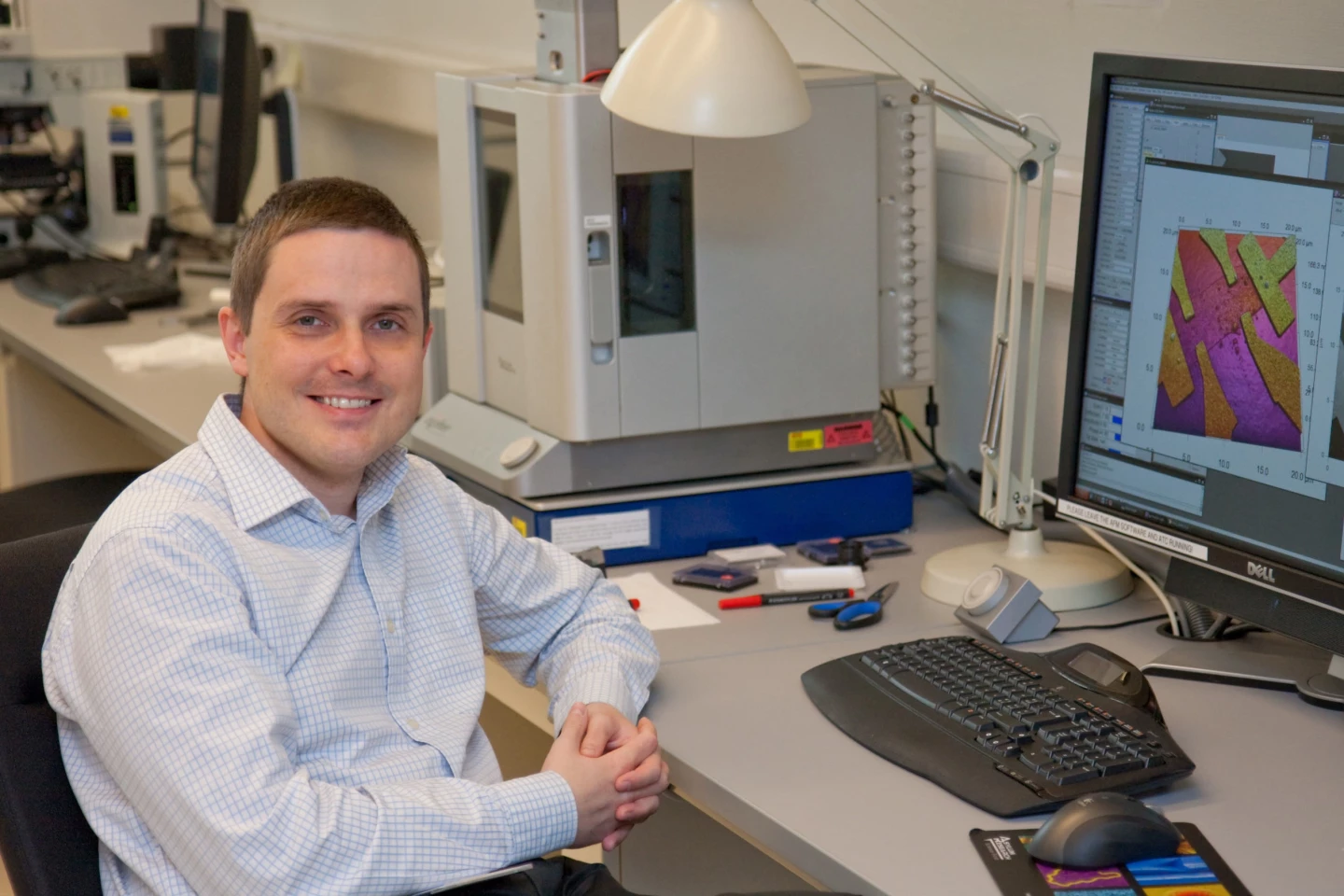Back in February, Darren Quick wrote about the unique properties of Molybdenite and how this material, previously used mostly as a lubricant, could actually outshine silicon in the construction of transistors and other electronic circuits. In brief: it's much more energy efficient than silicon, and you can slice it into strips just three atoms thick - meaning that you can make transistors as much as three times smaller than before, and make them flexible to boot. Well, the technology has now been proven with the successful testing of the world's first molybdenite microchip in Switzerland. Does this mean Lausanne will become known as "Molybdenite Valley?"
Silicon currently underpins nearly every aspect of our technological lives, as the main ingredient in the semiconductors that are used in most electronic devices. But engineers are approaching the limits of its capabilities as we continue to try to make things smaller, lighter and more portable. Silicon layers start to oxidize at anything less than two nanometers in thickness, making them useless as electronic components.
Moybdenite (molybdenum disulphide or MoS2), on the other hand, can be sliced much thinner - down to just three atoms in thickness - and it seems this freely available metal has two other key advantages.
Firstly, transistors made from MoS2 can be put into "on" or "off" states much quicker, and with less energy, than their silicon brothers - so in theory, a molybdenite computer could be made significantly faster and more energy efficient than the current technology allows.
And secondly, it appears to be suitable for use in flexible electronics - opening up the potential for all sorts of computerized clothing, roll-up computers and even electronics that interface directly with human tissue.

Andras Kis, director of Switzerland's Laboratory of Nanoscale Electronics and Structures (LANES), announced yesterday that the first working molybdenite chip has been successfully tested: "We have built an initial prototype, putting from two to six serial transistors in place, and shown that basic binary logic operations were possible, which proves that we can make a larger chip."
Will it be better than carbon-based graphene? Well, it seems it has some advantages, particularly in building tiny transistors - but the two materials will likely do their best work in tandem, according to Kis.






